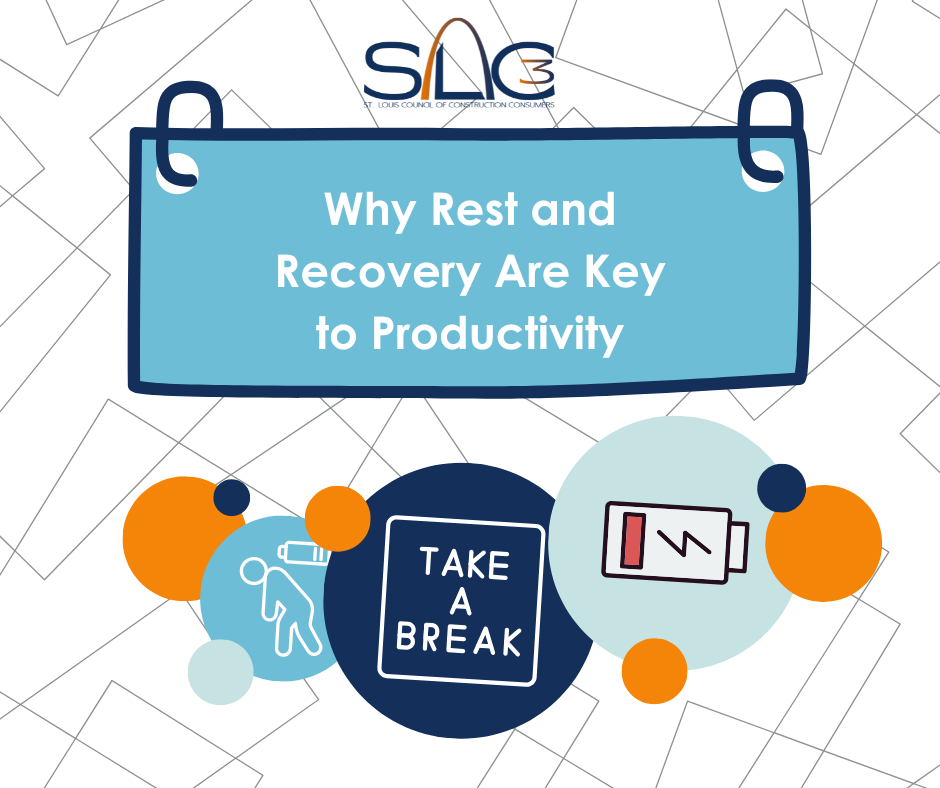In today’s fast-paced world, hustle culture often dominates the conversation. Long hours, late nights, and constant availability are seen as badges of honor. But here’s the truth: working more doesn’t always mean achieving more. Real productivity comes from working smarter—and that requires making intentional space for rest and recovery.
The Science Behind Rest and Productivity
Our brains and bodies are not built to perform at peak capacity nonstop. When stress and fatigue accumulate, focus declines, memory weakens, and decision-making suffers.
Sleep, in particular, plays a crucial role in consolidating memory and supporting clear thinking. Research shows that adequate rest not only boosts concentration but also sparks creativity and problem-solving. On the other hand, chronic sleep deprivation and constant work cycles lead to burnout, mistakes, and health risks—directly undermining productivity.
Common Misconceptions About Rest
Despite the evidence, myths about rest persist:
- “Rest equals laziness.” Recovery is what allows you to sustain high performance.
- “More hours worked equals more results.” Studies consistently show diminishing returns after a certain point. Long hours often create more errors and less efficiency.
- “Breaks disrupt productivity.” Far from it! Short breaks recharge mental energy, making focus stronger when you return.
The Benefits of Prioritizing Recovery
When you view rest as part of your work strategy rather than a distraction from it, the benefits ripple through every aspect of performance. Among them:
- Sharper focus and sustained energy.
- Reduced burnout and stress-related illness.
- Better decision-making and fewer costly errors.
- Greater creativity and innovative thinking.
Practical Strategies for Building Rest into Your Routine
If rest feels like a luxury, it’s time to reframe it as an essential tool. Here are a few ways to integrate recovery into your daily workflow:
- Sleep: Commit to consistent sleep habits that give your brain time to recharge.
- Breaks: Incorporate micro-breaks or the Pomodoro technique to refresh focus throughout the day.
- Movement: Use exercise as active recovery—it boosts energy and reduces stress.
- Boundaries: Protect work-life balance by logging off, setting limits, and respecting personal time.
- Mindfulness: Lean on practices like deep breathing, meditation, or simply unplugging to restore calm.
Prioritizing recovery isn’t just about individual well-being—it benefits entire organizations. Workplaces that encourage rest see higher productivity, lower turnover, and stronger team performance. Flexible schedules, wellness programs, and a culture that supports breaks can make a measurable difference.
In high-stakes industries like AEC (architecture, engineering, and construction), rest and recovery take on an even greater importance. Safety, focus, and clear decision-making are essential on every jobsite and in every design choice. Fatigue not only reduces efficiency but can also lead to costly or dangerous mistakes. Supporting recovery is, quite literally, an investment in protecting both people and projects.
Productivity thrives when rest is valued. By shifting the narrative and embracing recovery as an essential part of performance, professionals and organizations alike can achieve better results and long-term success.
Rest isn’t wasted time, it’s the foundation that allows your best work to happen.






